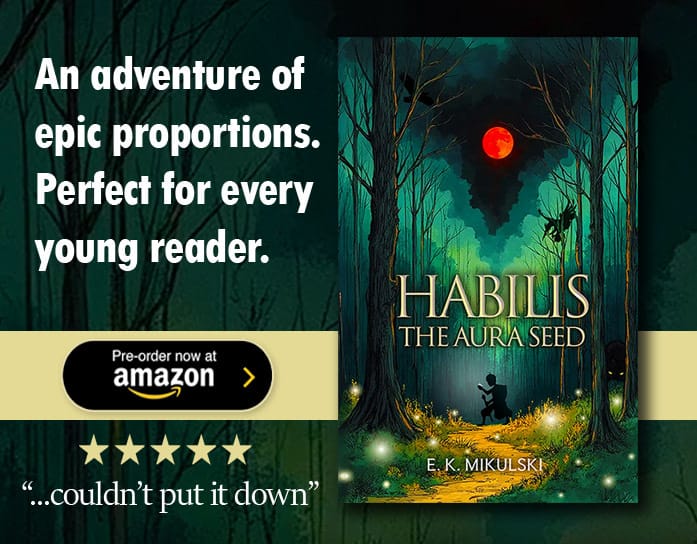When is a kid's show not just a kid's show?
Recently, I’ve been reading “I Like To Watch,” the collected essays of The New Yorker television critic Emily Nussbaum (a definite recommend for anyone as devoted to TV analysis as I am), and have been particularly struck by the way she deconstructs genre. In one piece, Nussbaum decodes why Sex in the City is still considered a “guilty pleasure” show, despite its relative depth of storytelling - and before you think it, I know; who thought you’d click on this article about a mid-00’s Nickelodeon show and hear about Sex and the City?
“It’s a classic misunderstanding,” Nussbaum writes, “I think, stemming from an unexamined hierarchy: the assumption that anything stylized...must be inferior.”
I think much the same can be said of Avatar: The Last Airbender, and of any other kid’s show that stretches its fingers past the confines of half-hearted slapstick and attempts to sell McDonald’s toys. The social taboo surrounding “acting your age,” that extends inexplicably to what kind of media you’re allowed to consume, has prohibited many from looking beyond Avatar’s silly bits and dopey sound effects and allowing themselves to immerse themselves in the rich environs of its writing.
Let me be clear: I’m not saying this show is covertly a sophisticated drama with a Nickelodeon sticker slapped on it. It is childish, but not in the way an adult is childish - brazen and immature and shallow - but the way that a child is childish: full of life and love for the little things.
And in many ways, Avatar is a kid’s show, but it’s also something more than that - it’s a saga bursting with lore and mysticism, and a heroes’ journey so classically and joyfully told. It’s a kid’s show in the way that Pixar movies are kid’s movies: technically, but not in practice.
Specifically, this show meant something special to the kids of my generation. I still remember the hype among my peers; a media put on a pedestal by all those kids whose first phone was a Razr and their second was an IPhone; who grew up voraciously consuming Harry Potter books in elementary school and watching David Dobrik videos in high school; the lost mini-generation that lies in secret between the last millennials and the first wave of true Gen Z culture.
It was these now-young adults, aided by pop culture havens like Twitter and TikTok, who captained the A:TLA renaissance we are now living in, where Azula reading post-election Trump Tweets goes massively viral and popular influencers dress up as Cabbage Man and “Sexy Cabbage” for Halloween.
Although I am infused with the culture partially shaped by it, I had never seen the show myself (I was a Disney Channel kid, hardcore). The siren song of online fervor first drew me to The Last Airbender as a source of comfort in the most uncertain of times; In November going into December, when papers are due, my job was overwhelmed with holiday shoppers and patrons fearing lockdown #2, and not to mention the shambles of a political system we Americans are clinging so hopelessly to, I settled down to watch “The Boy in the Iceberg” (And down a rabbit hole I went, one that ended up with a Princess Yue sticker on my laptop and a shipment of “Jasmine Dragon” tea burning a hole in my Etsy shopping cart).
While the first season of The Last Airbender is full of great episodes that only get better on rewatch, “The Siege of the North” is the first time I really recognized what exactly this show is: and what turned it from a hobby (a fresh eye into a gentler past) to an obsession.
At the beginning of the two-parter, Katara’s waterbending training with Master Pakku has turned her into a talented waterbender. Aang is somewhat still lacking in his training, but hey - at least he’s having fun. Meanwhile, Sokka is taking Princess Yue on a ride on Appa, when the snowy Northern Water Tribe landscape turns dark and gray; the Fire Nation has arrived.
After being rejected by Yue (she's engaged!), Sokka volunteers to take on a dangerous mission to defend against the Fire Nation, only to get in a fight with Yue's fiance and get assigned as Yue's guard instead. Aang boards the Fire Nation fleet in an attempt to disable it, only to discover that the fleet is too large. As the Fire Nation pauses its assault for the night (waterbenders get their power from the moon), many of Team Avatar are feeling conflicted on what to do next.
When Yue explains that waterbenders traditionally got their strength from Tui, the Moon Spirit and life from La, the Ocean Spirit, Aang goes to seek them out for wisdom on how to win the battle. Yue takes him and Katara to a gateway to the Spirit World in the heart of the Northern Water Tribe known as the Spirit Oasis. Just as Aang crosses into the Spirit World, however, Zuko arrives. After a brief (but mostly evenly matched, to be fair) battle with Katara, he manages to get the upper hand and make off with Aang’s body.
In the Spirit World, Avatar Roku tells Aang that the only spirit old enough to know the real-world identity of Tui and La is Koh The Face Stealer, a buglike spirit known for (surprise!) stealing the faces of anyone who shows emotion in his presence. In an upsettingly tense scene for a still rather nascent subgenre of children’s programming, Aang, completely stoic, faces off (haha) with the creepy-crawly, who tells him that Tui and La’s physical forms are the Koi fish in the lake in the Spirit Oasis, and - what's more - that they’re in danger.
Sokka, Katara and Yue take off on Appa to search through the blizzard for Aang and Zuko. They find him as Aang’s spirit returns to his body, and this time, Katara defeats Zuko easily, and they make their way back to the Spirit Oasis.
As the sun rises, the Fire Nation resumes their attacks. Admiral Zhao has a plan to find the corporeal forms of Tui and La and destroy them, thereby cutting off the Waterbenders’ main source of power and preventing them from being able to defend themselves. Iroh warns against tampering with the Spirit World, but Zhao doesn’t listen. Before Team Avatar can stop them, Zhao kills the Moon Spirit, and the world goes dark (represented in the show in a Black and White/spot coloring, with only firebending and the bright blue of Yue’s eyes remaining in color).
Furious, Aang allows himself to get possessed by La, the Water Spirit, and go into the Avatar State, washing the tribe in blue radiance as he obliterates the firebenders. Zuko and Zhao also fight, although the match comes to an early close when the Ocean Spirit drowns Zhao in recompense for killing Tui.
Meanwhile, Iroh notices that Yue has been touched by the Moon Spirit. Earlier, she had explained that when she was a baby, she was very sick, and so her parents offered her to Tui, who gave her life. In this moment, Yue realizes that she can give her life back to Tui, and that might be able to restore the moon. She does so, dies, and disappears. However, it does work, and just before the light of the moon returns, Yue appears to Sokka one last time as the new Moon Spirit.
The last of the episode focuses more on teasing the next season, including Zuko leaving without trying to capture Aang, and Fire Lord Ozai tasking his daughter Azula with Zuko’s failed mission.
Gorgeously animated and dripping with mythos, “The Siege of the North” was possibly one of the first-ever proofs for the artistic relevance of American television animation. With cartoons mainly seen in America as either empty noise or marketing opportunities, the whimsy and structural beauty found in Japanese TV Manga was once reserved in the States for Disney movies and live action fare. Avatar, unsurprisingly created by anime fans, found a way to combine the three, and did its part in ushering in a new era of American animation made for kids and adults, with both family-friendly humor and admirable depth of storytelling.
This episode specifically is simply one of the most beautiful TV episodes I’ve ever seen. Maybe it’s my own personal preferences speaking, but the Yue storyline is hauntingly gorgeous. It’s the kind of thing you hear about in folklore; falling in love with the Moon Spirit. In fact, much of A:TLA plays out like an old folktale (or a TV Western, no doubt one of the show’s American influences), with Aang, Sokka and Katara entering a new town full of suffering people and fixing their problems, while also learning about themselves.
I feel like an old-fashioned Tumblr girl, standing on a soapbox and telling you all about how Avatar on Nickelodeon is one of the most uniquely beautiful shows of the 21st century. But truly, I think - adult blinders off - Its blend of Asian and American traditional aesthetics, its epic, lore-rich story and its pure joy for life and goodness (the lack of which, by the way, keeps me from enjoying the sequel series The Legend of Korra nearly as much) makes it a one-of-a-kind sort of media experience.
So, when is a kid’s show not just a “kid’s show?”
I guess, when it’s Avatar: The Last Airbender.










